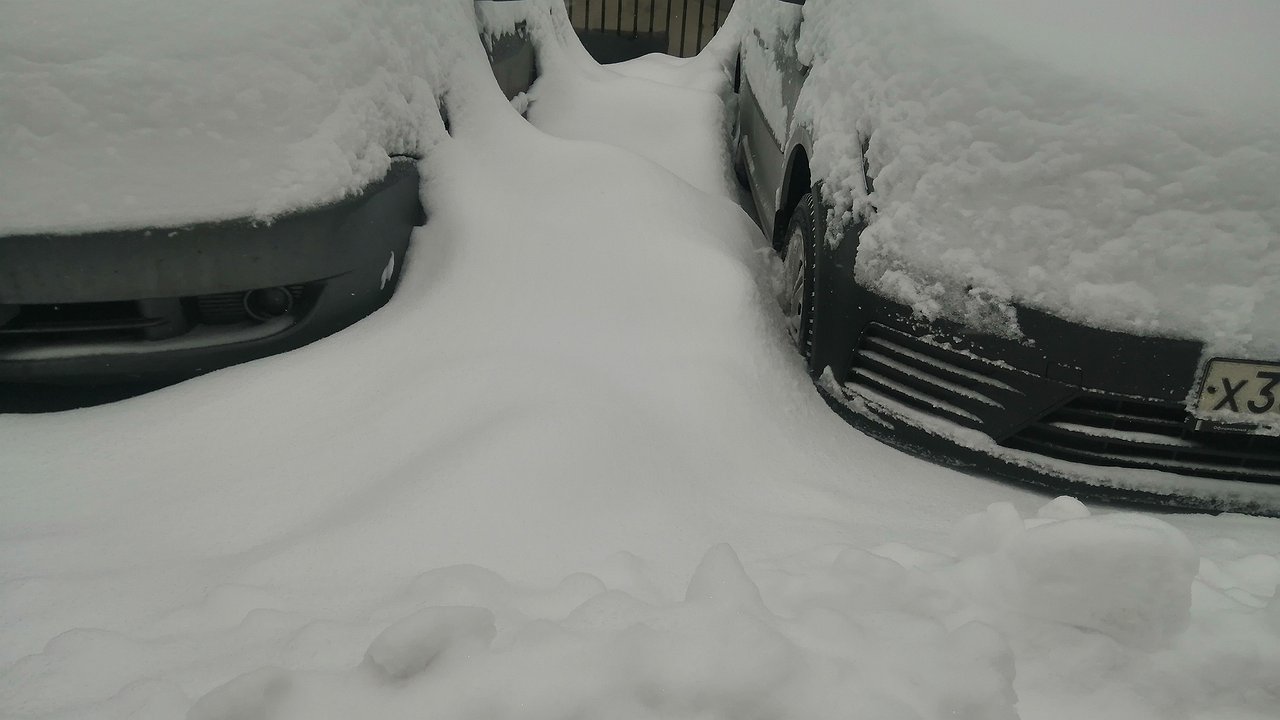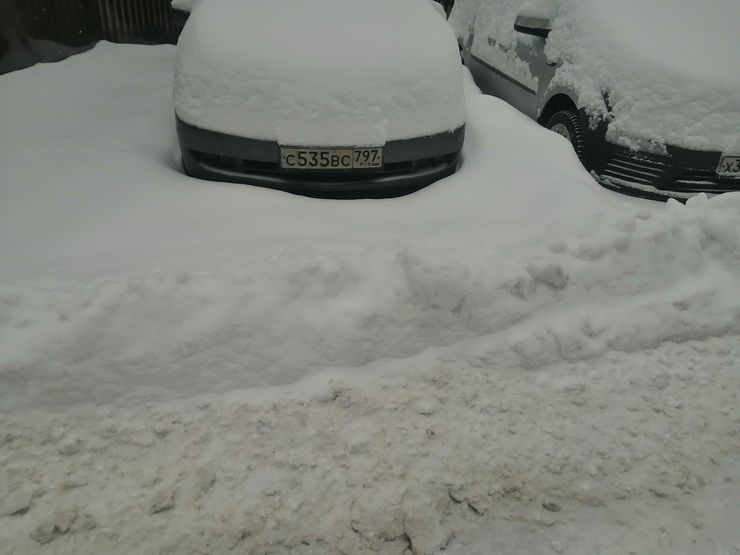Winter precipitation is almost always unexpected, especially for utilities. It is precisely this circumstance that most often justifies their flat tires when clearing snow. For motorists, driving at such times is much less of a problem than parking.
“Record snowfall” is more common in the European part of Russia. Almost a week goes by without weather forecasters ‘from every corner’ scaring their fellow citizens with insane inches of snow cover. And roadside officers and representatives of the traffic police at the same time call on everyone and anyone not to use a car, but to sit at home or crawl up to your knees in fresh snowdrifts between public transport stops.
Meanwhile, experienced motorists, who are not afraid of these kinds of apocalyptic predictions and appeals, know from their own experience: the heavier the snowfall, the safer it is on the road in terms of accidents and accidents. Especially in the city. Yes, there are traffic jams, but there are significantly fewer serious traffic accidents. Small “bales”, the damage of which is limited to a few scratches on the paint or a crack in the bumper, do happen.
But when it snows, everyone drives at a minimum speed: the majority – out of common sense, and some “racers” – because all other cars drive slowly and do not give them the opportunity to “shoot”. Unless the ubiquitous “professionals” driving bare-bones “all-season” trucks converge to skid even on small climbs, blocking the movement of all other cars. That is, heavy snow in itself is not a problem for a normal driver (even a very experienced one).
What really bothers many motorists during periods of heavy rainfall in winter is not driving a vehicle, but everything related to parking and parking. To get out you have to work hard to free the car from the white rubble. Do not wipe a few snowflakes from the roof and hood, but remove 10-15-20 centimeters of cold white gunk from all parts. In addition, open the wheels and somehow also spread the half-meter parapet, freshly stacked by the tractor in front of the bumper or blocked doors.
The majority of motorized residents of urban high-rise buildings are very familiar with all this ‘joy’. At the same time, if you don’t at least have a decent shovel on hand, my condolences. But if you still managed to break into the operational room, this is no reason to breathe a sigh of relief! Because in the evening, when you return home, you will first have to look for a free parking space.
Because most of them will already be occupied, and for the rest you will find either completely insurmountable snow piles, or, at best, snowdrifts where only a frame SUV can park. Or at least a crossover with all-wheel drive and high ground clearance. But these places will already be largely occupied by the Gazelles of the migrant drivers who live in the area. This is where you’ll really understand: driving during and after any “record snowfall” is a piece of cake compared to solving parking missions during such periods.
“Record snowfall” is more common in the European part of Russia. Almost a week goes by without weather forecasters ‘from every corner’ scaring their fellow citizens with insane inches of snow cover. And roadside officers and representatives of the traffic police at the same time call on everyone and anyone not to use a car, but to sit at home or crawl up to your knees in fresh snowdrifts between public transport stops.
Meanwhile, experienced motorists, who are not afraid of these kinds of apocalyptic predictions and appeals, know from their own experience: the heavier the snowfall, the safer it is on the road in terms of accidents and accidents. Especially in the city. Yes, there are traffic jams, but there are significantly fewer serious traffic accidents. Small “bales”, the damage of which is limited to a few scratches on the paint or a crack in the bumper, do happen.
But when it snows, everyone drives at a minimum speed: the majority – out of common sense, and some “racers” – because all other cars drive slowly and do not give them the opportunity to “shoot”. Unless the ubiquitous “professionals” driving bare-bones “all-season” trucks converge to skid even on small climbs, blocking the movement of all other cars. That is, heavy snow in itself is not a problem for a normal driver (even a very experienced one).
What really bothers many motorists during periods of heavy rainfall in winter is not driving a vehicle, but everything related to parking and parking. To get out you have to work hard to free the car from the white rubble. Do not wipe a few snowflakes from the roof and hood, but remove 10-15-20 centimeters of cold white gunk from all parts. In addition, open the wheels and somehow also spread the half-meter parapet, freshly stacked by the tractor in front of the bumper or blocked doors.
The majority of motorized residents of urban high-rise buildings are very familiar with all this ‘joy’. At the same time, if you don’t at least have a decent shovel on hand, my condolences. But if you still managed to break into the operational room, this is no reason to breathe a sigh of relief! Because in the evening, when you return home, you will first have to look for a free parking space.
Because most of them will already be occupied, and for the rest you will find either completely insurmountable snow piles, or, at best, snowdrifts where only a frame SUV can park. Or at least a crossover with all-wheel drive and high ground clearance. But these places will already be largely occupied by the Gazelles of the migrant drivers who live in the area. This is where you’ll really understand: driving during and after any “record snowfall” is a piece of cake compared to solving parking missions during such periods.
Source: Avto Vzglyad
Donald Salinas is an experienced automobile journalist and writer for Div Bracket. He brings his readers the latest news and developments from the world of automobiles, offering a unique and knowledgeable perspective on the latest trends and innovations in the automotive industry.














